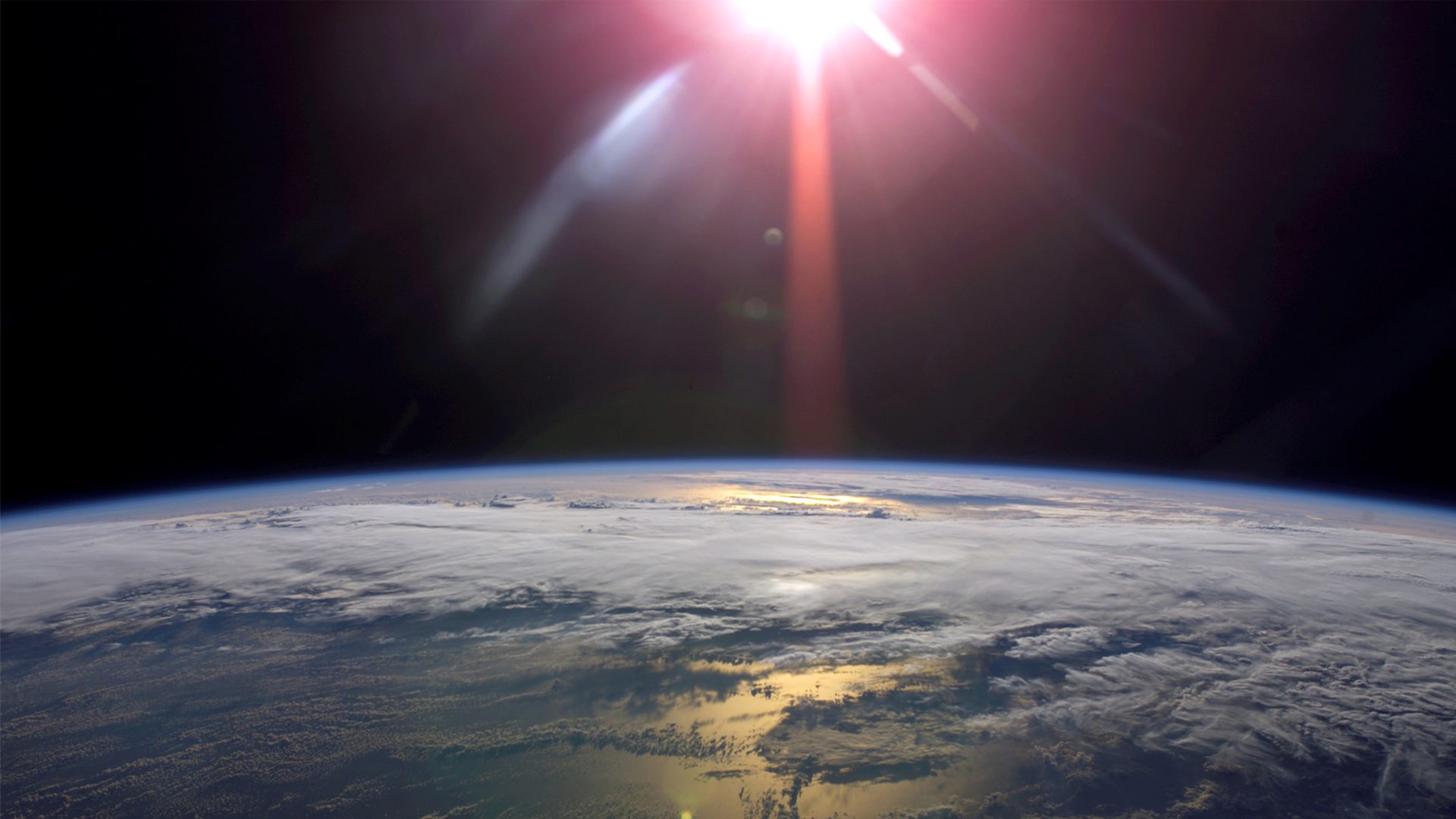
NOVA Examines New Climate Technologies that Aim to Cool the Planet
NOVA: Can We Cool the Planet? airs on WITF TV Wednesday, April 27 at 9pm
-
Christina Zeiders

In NOVA: Can We Cool the Planet, NOVA takes a fresh approach to covering the climate change crisis by exploring new technologies that may help delay the most devastating impacts.
As wildfires rage and extreme weather sparks civil unrest, it’s clear that emission reductions alone may not prevent the dire effects of climate change. NOVA joins the scientists and engineers who are approaching climate change with new solutions that may help us cool the planet.
Experts agree that the first step toward cooling the planet is preventing carbon dioxide (CO2) from entering the atmosphere. At the same time, we can find ways to remove it.
Throughout the special, viewers discover the different ways that scientists and engineers are trying to tackle carbon, including:
- Jan Wurzbacher of Climeworks, whose industrial fans vacuum CO2 out of the air.
- Sandra Snæbjörnsdóttir of CarbFix, who’s working to turn captured CO2 into stone.
- Aldo Steinfeld of ETH Zurich, whose tech creates liquid carbon fuel out of sunlight and air.
- Apoorv Sinha at Carbon Upcycling Technologies, who’s working to recycle atmospheric CO2 to reduce the carbon footprint of concrete.
Even at their full potential, these new technologies could only offset a fraction of the world’s emissions. If we can’t reduce our carbon emissions fast enough, are there technologies that can offer a backstop to extreme climate risks?
One method scientists are exploring is changing the reflectivity of the planet—making Earth cooler, for example, by brightening clouds so they reflect more heat back into space.
Sarah Doherty and Arman Neukermans of the Marine Cloud Brightening Project are propelling saltwater particles into marine clouds, so the clouds reflect more heat. David Keith and Frank Keutsch at Harvard are taking it a step further by exploring whether adding reflective particles to the stratosphere could cool the entire planet.
With so much uncertainty surrounding this new technology, some scientists think we’re better off investing in time-tested, nature-engineered machines – trees.
NASA research scientist Lola Fatoyinbo-Agueh uses terrestrial and space-based lasers to measure the amount of carbon stored within forests. A team at the Crowther Lab at ETH Zurich uses artificial intelligence to identify where forests can be expanded and determine how much CO2 could be absorbed.
Whendee Silver is exploring how to turn agricultural waste into compost – reducing methane emissions and boosting carbon uptake in soil.
With no single solution, and with changes to our climate accelerating, public demand for alternative solutions is rising. Technologies once considered too futuristic or taboo are entering the mainstream; it’s critical that we evaluate each with optimism for the potential they offer… and caution for the risks they carry.
Watch NOVA: Can We Cool the Planet? Wednesday, April 27 at 9pm on WITF TV, or stream it on-demand through the free PBS Video app or at video.witf.org.


